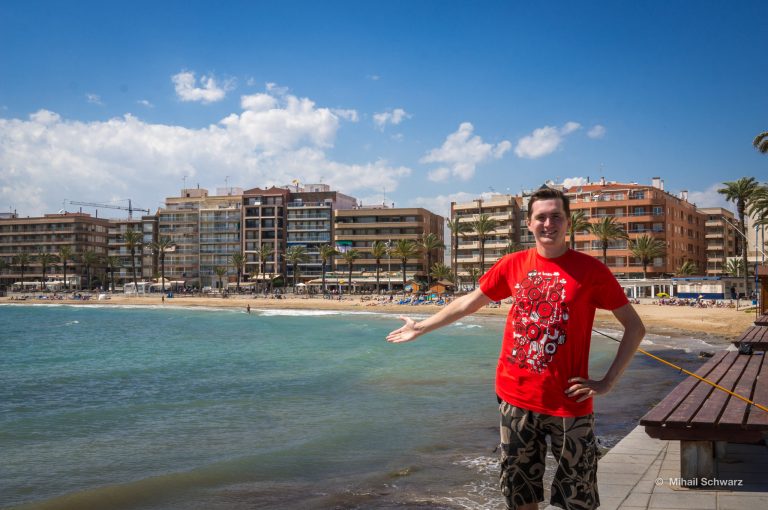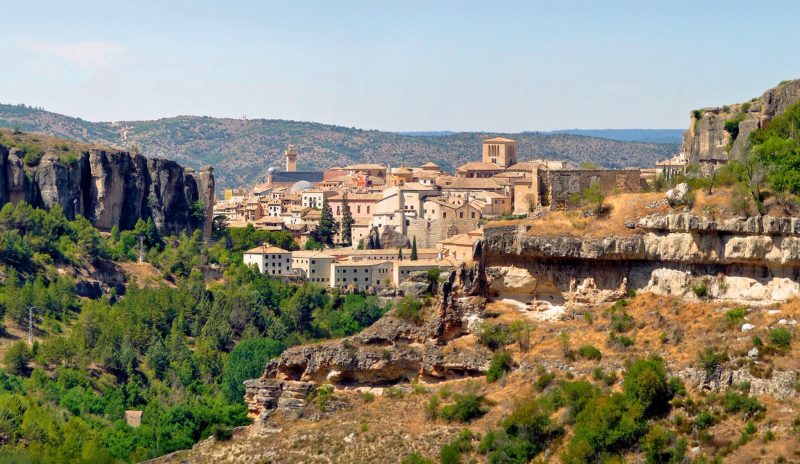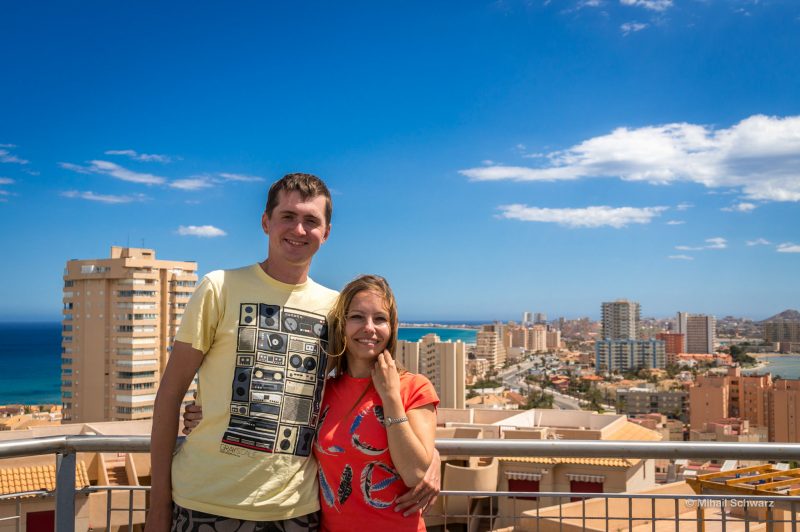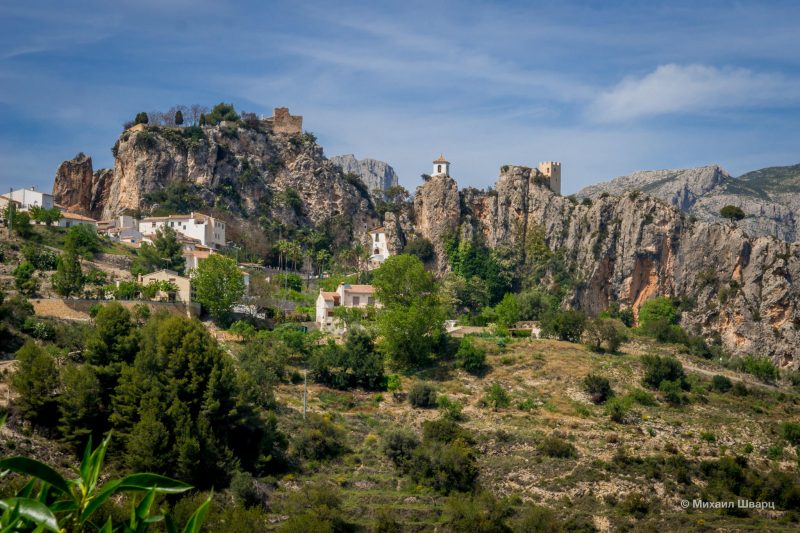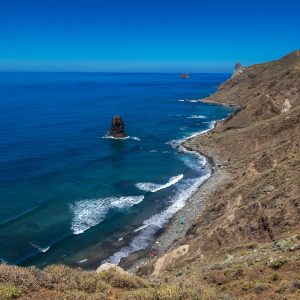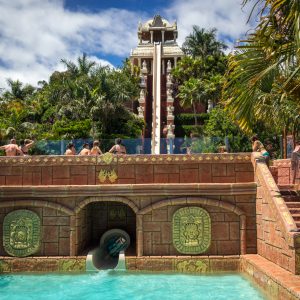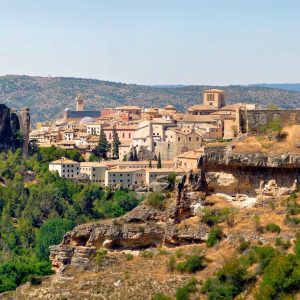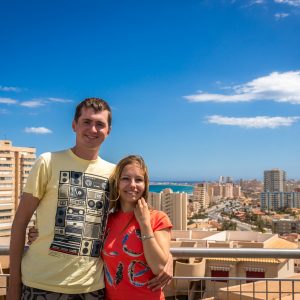Torrevieja – City in the province of Alicante, super-modern tourist center, located on the white shores of the Costa Blanca. It’s a small corner of Spain, covering an area of about 70 kilometers, attracts tourists with its warm climate and marvelous beach areas. Water, sun, wind, heat, salt and sand in perfect proportion. More than 300 sunny days a year, with winter temperatures rarely dipping below 10 ° C, and in summer, they stay around 25-30 ° C.
The city is bordered not only by the Mediterranean Sea, but also by two salt lakes: the pink lake – Salinas de Torrevieja and the emerald lake, Salada de la Mata.
The active development of the village began in 1802, when the office of the La Mata Salt Company was located in the village. In a short time the village became a port town from which salt and agricultural products were shipped to other European cities. It allowed Torrevieja, already in 1820, to separate from Orihuela and become an independent administrative unit. Nowadays, Torrevieja produces about one million tons of salt, an export item.
In the Valencia region, Torrevieja is the fifth largest city. Its total number of inhabitants slightly exceeds 100,000, most of whom are foreigners: English, Germans, Swedes, Russians…
The Beaches Of Torrevieja
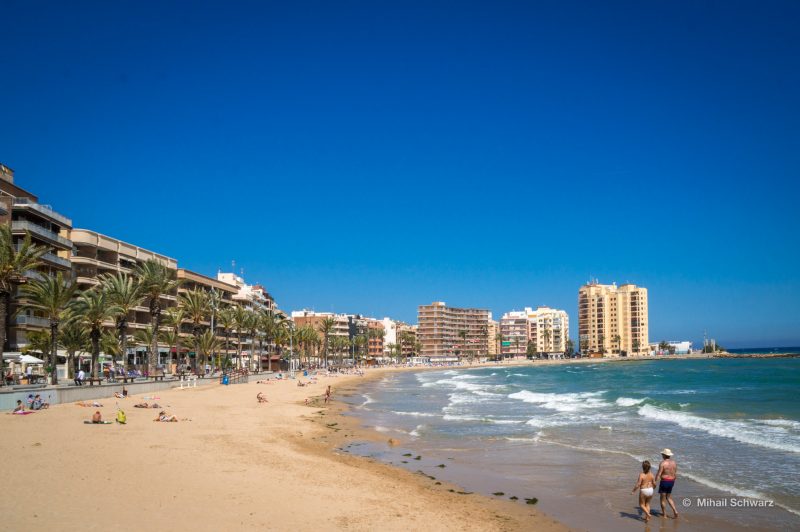
The coastline of the city stretches for 25 km. All the beaches of Torrevieja have been awarded the blue flag for their environmental friendliness and cleanliness. Due to the rocky coastline, some beaches are located in small bays. Here are the most popular and landscaped ones:
- Playa Los Naufragos – is located in the south of the city, just south of the port;
- Playa del Cura – is located in the heart of the city;
- Playa De Los Locos – is slightly north of Del Cura;
- Playa de la Mata – is located in the north of the city and is the longest in Torrevieja.
Tourist Area
In addition to the coastline in the tourist area there are many bars, restaurants, bowling centers. Recently, a large number of sports grounds and centers, soccer fields, golf clubs have been built in the city. Also now is the construction of the stadium for 10 000 thousand people. The sports center of Torrevieja hosts international competitions, championships, cups and championships.
Torrevieja Attractions
The Old Tower
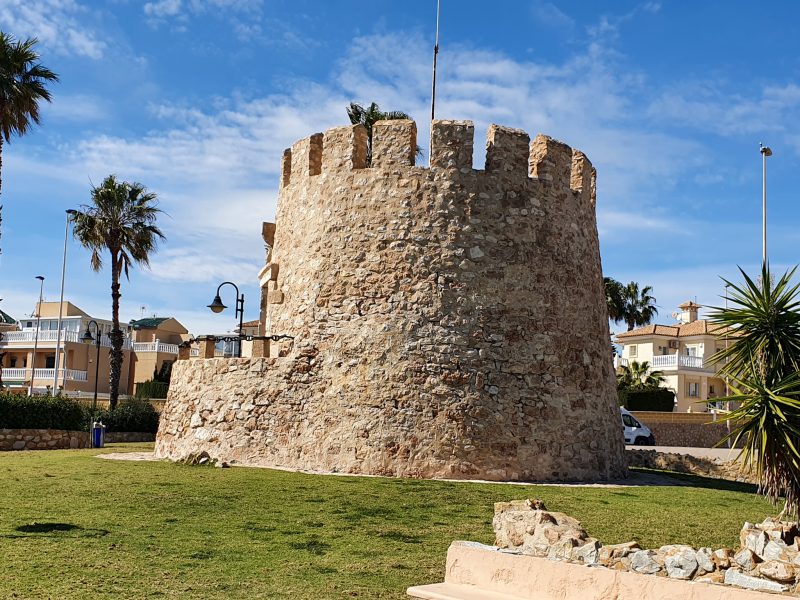
The name of the city from Spanish translates as “old tower”. It is Torre del Moro is the symbol of Torrevieja. The tower was built back in the fourteenth century, but it has been destroyed by time. To preserve the history and not to disappoint tourists, locals at their own expense built a new “old tower” in the same place. Also, from the tower you can take beautiful panoramic pictures of the sea and sea bays.
Lake Salinas
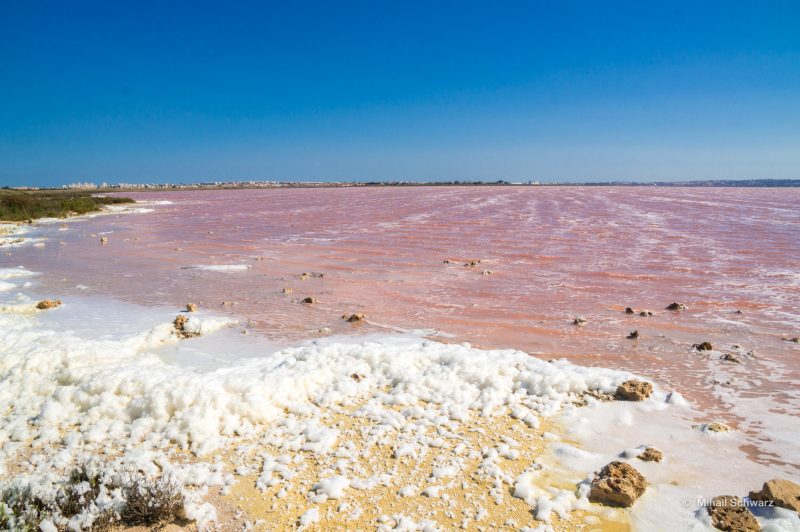
One of the most beautiful places in this small town is Lake Salinas (Salinas de Torrevieja) . This body of water is famous for the fact that it contains a large amount of salt and other minerals. At sunset, the lake takes on a pinkish hue that allows take extraordinary photos. In addition, the lake water and mud have medicinal properties. Many tourists come to this place to be cured of ailments. If everyone has heard about the magical properties of the dead sea, then about such a lake, as Salinas in Torrevieja, few people have heard, and yet it is in no way inferior to the famous dead sea.
Church of the Immaculate Conception
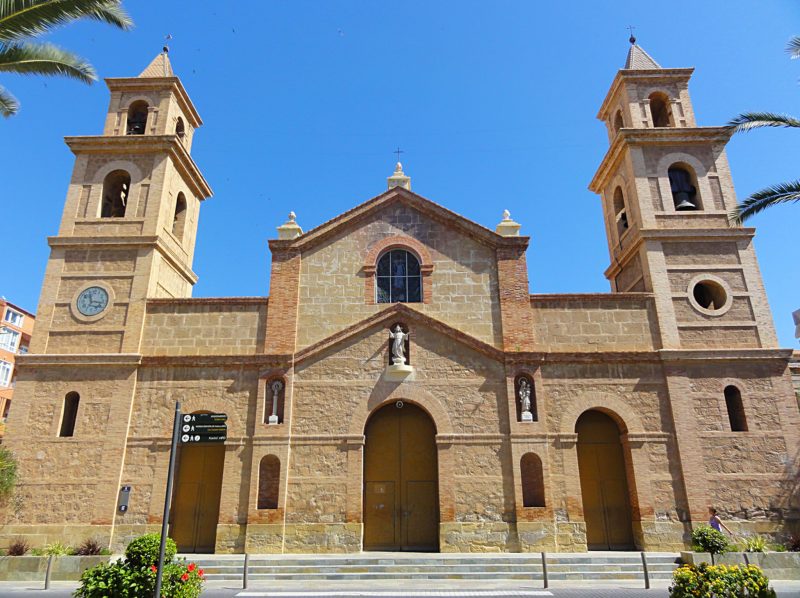
Catholic Church of the Immaculate Conception (Iglesia Arciprestal de la Inmaculada Concepción) is by far the most visited church in Torrevieja. The first church on this site was built in 1789, but was destroyed in an earthquake in 1829. It was not rebuilt until 1844. Inside the church there is a statue of the patron saint of the city, La Purisima Concepcion, a sculpture of the Virgin Carmen and an image of the crucified Jesus Christ.
International Concert Hall
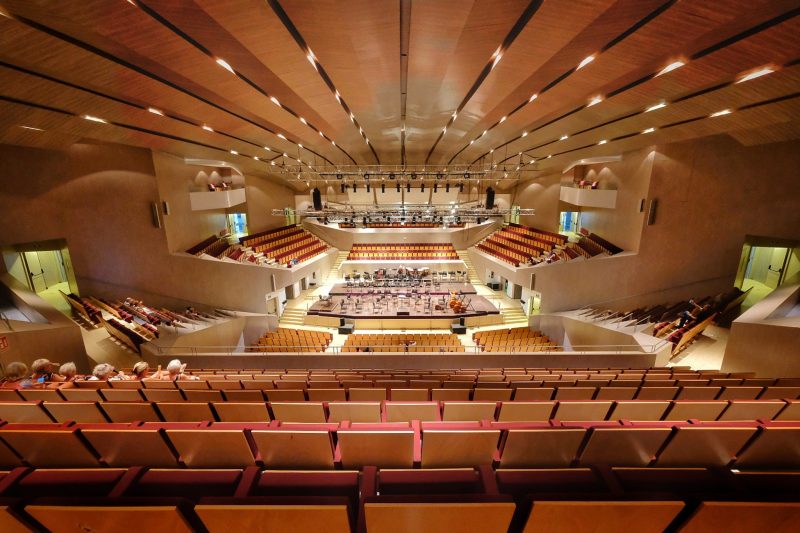
The most important element of the cultural infrastructure of the city is Torrevieja International Concert Hall (Auditorio Internacional de Torrevieja). The great hall divides the entire palace into two main rooms: a chamber hall, with a capacity of 385 people, and a concert symphony hall, with a capacity of 1,450 people.
Aquopolis Water Park
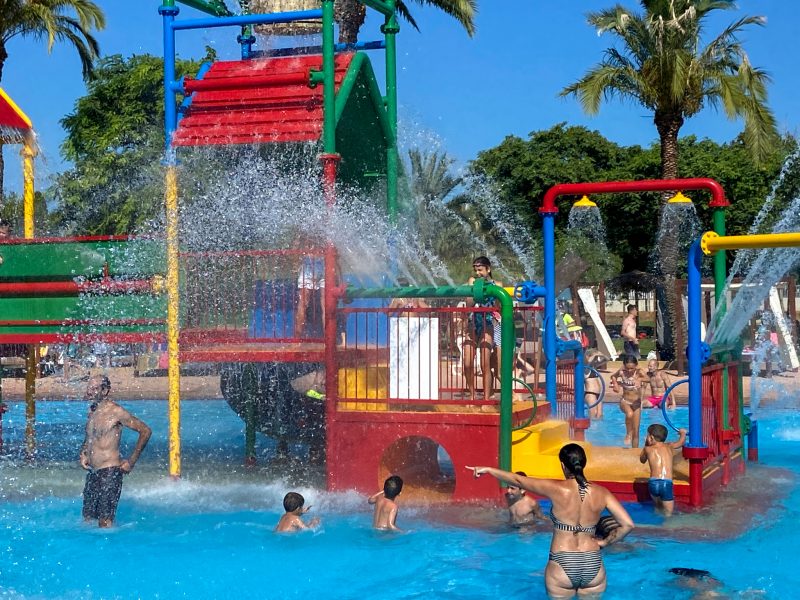
Aquopolis Torrevieja – is a small open-air water park within the city limits. You will diversify your beach holiday.
Watermill Park
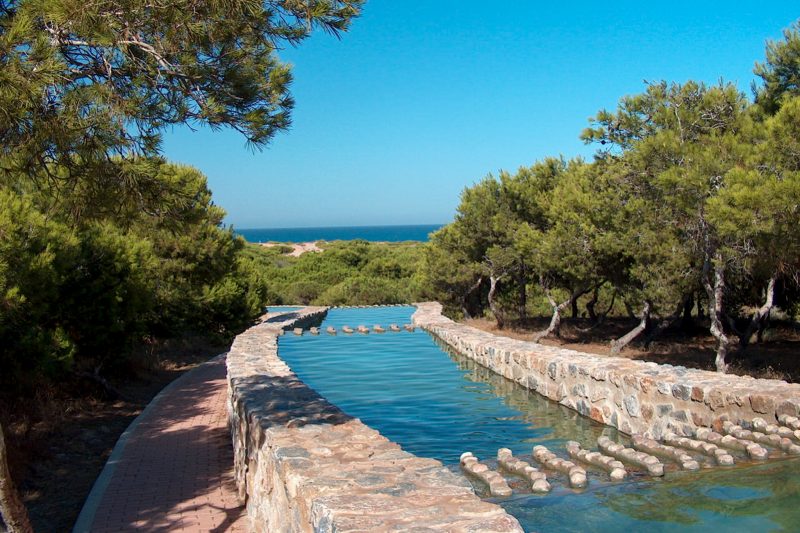
In the north of the city is the park Watermill (Parque del Molino del Agua) It is considered a national nature reserve. This park is perfect for family walks in the fresh air. The 17 hectares of sand dunes and coniferous forest have artificial ponds, canals, waterfalls, paths and bridges. Benches are placed along the walkways, and you can enjoy the natural surroundings while having a rest. Here you can look at the strange plants and rare birds. Many visitors manage to watch large flocks of pink flamingos.
Torrevieja’s waterfront
Torrevieja’s waterfront is a favorite place for walks, both for locals and visitors. Walking along it you can see a large number of monuments and sculptures. Most of them along the promenade breakwater, which goes into the sea for 2 km and ends with the lighthouse.
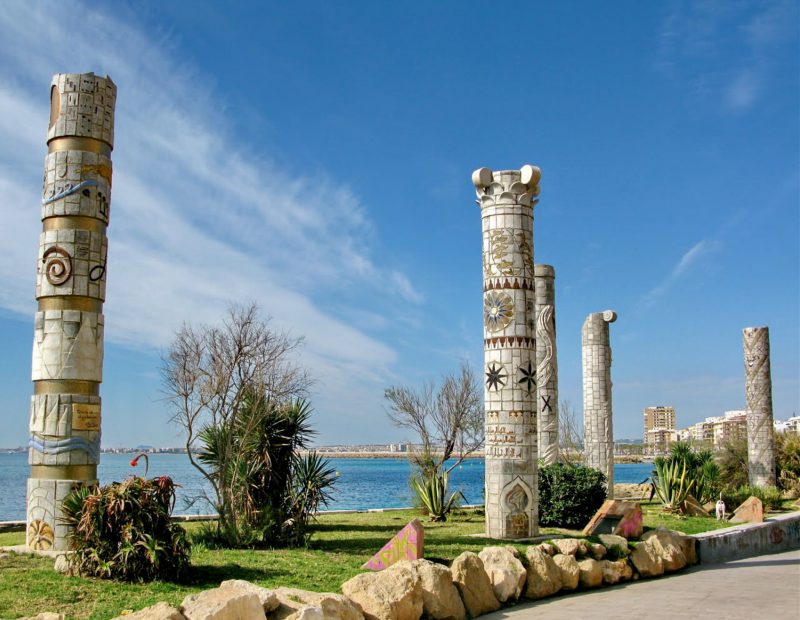
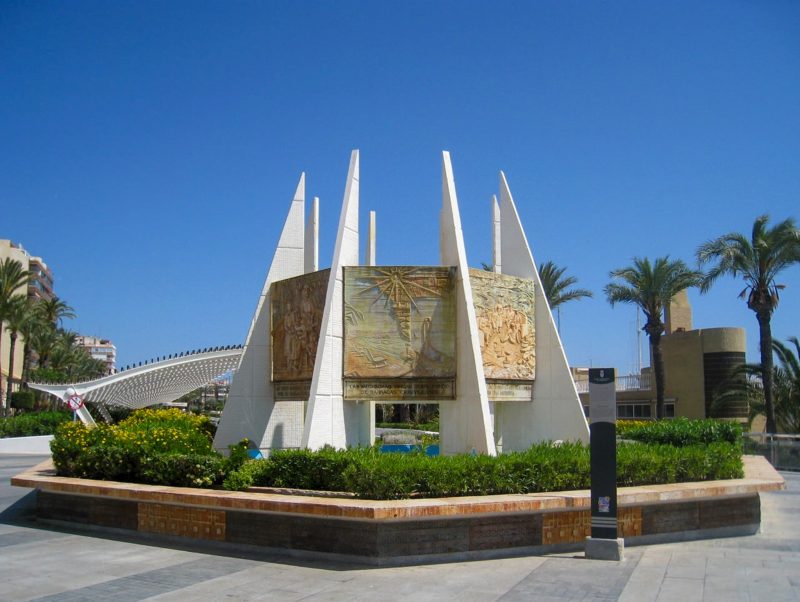
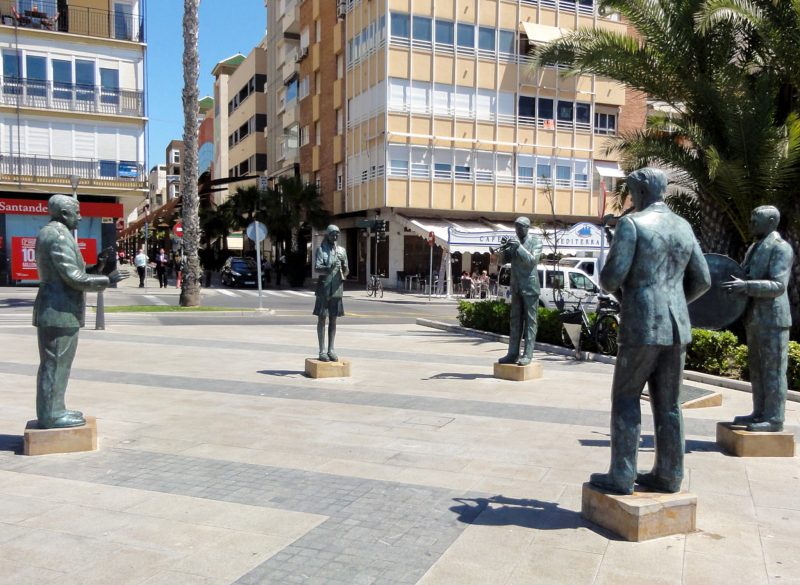
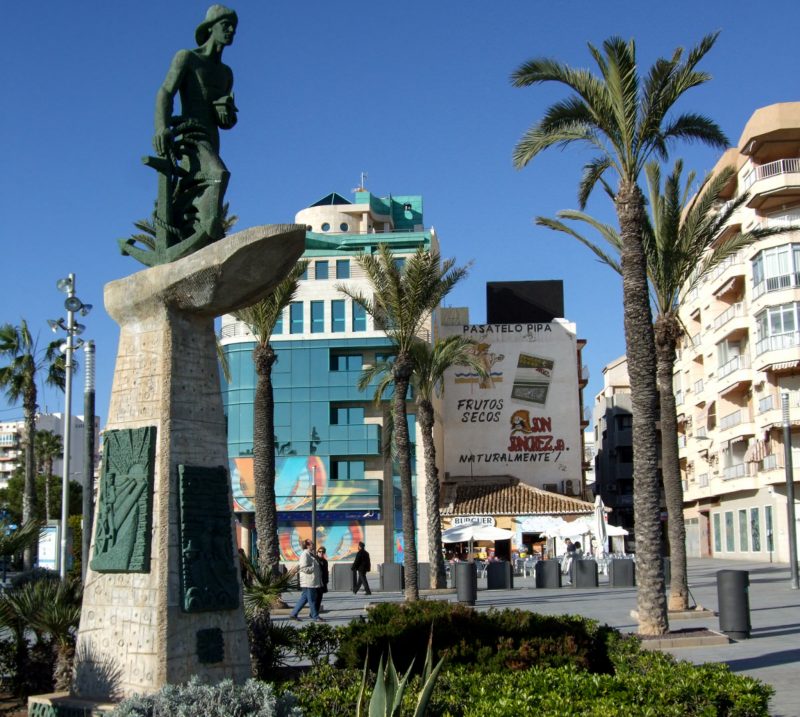
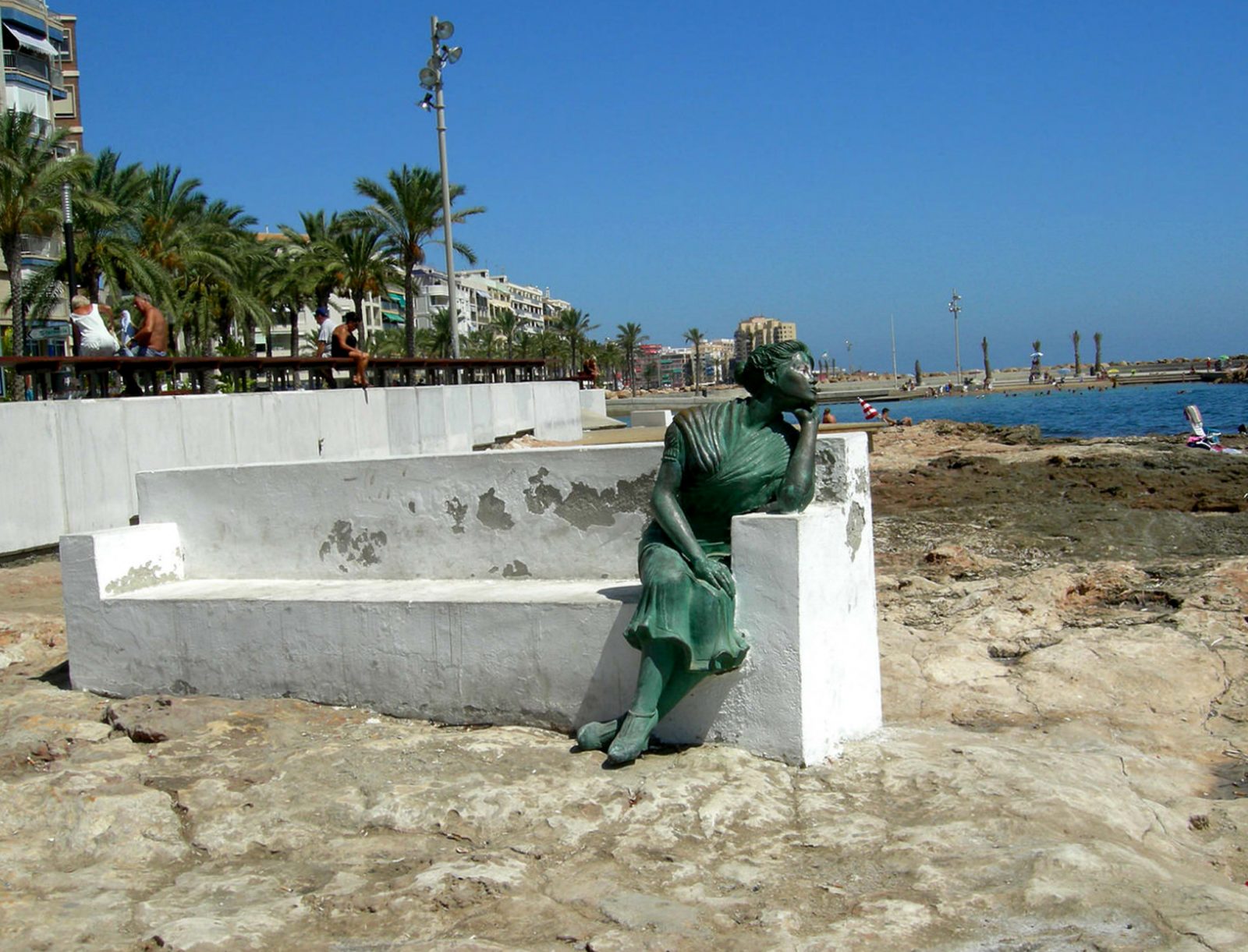
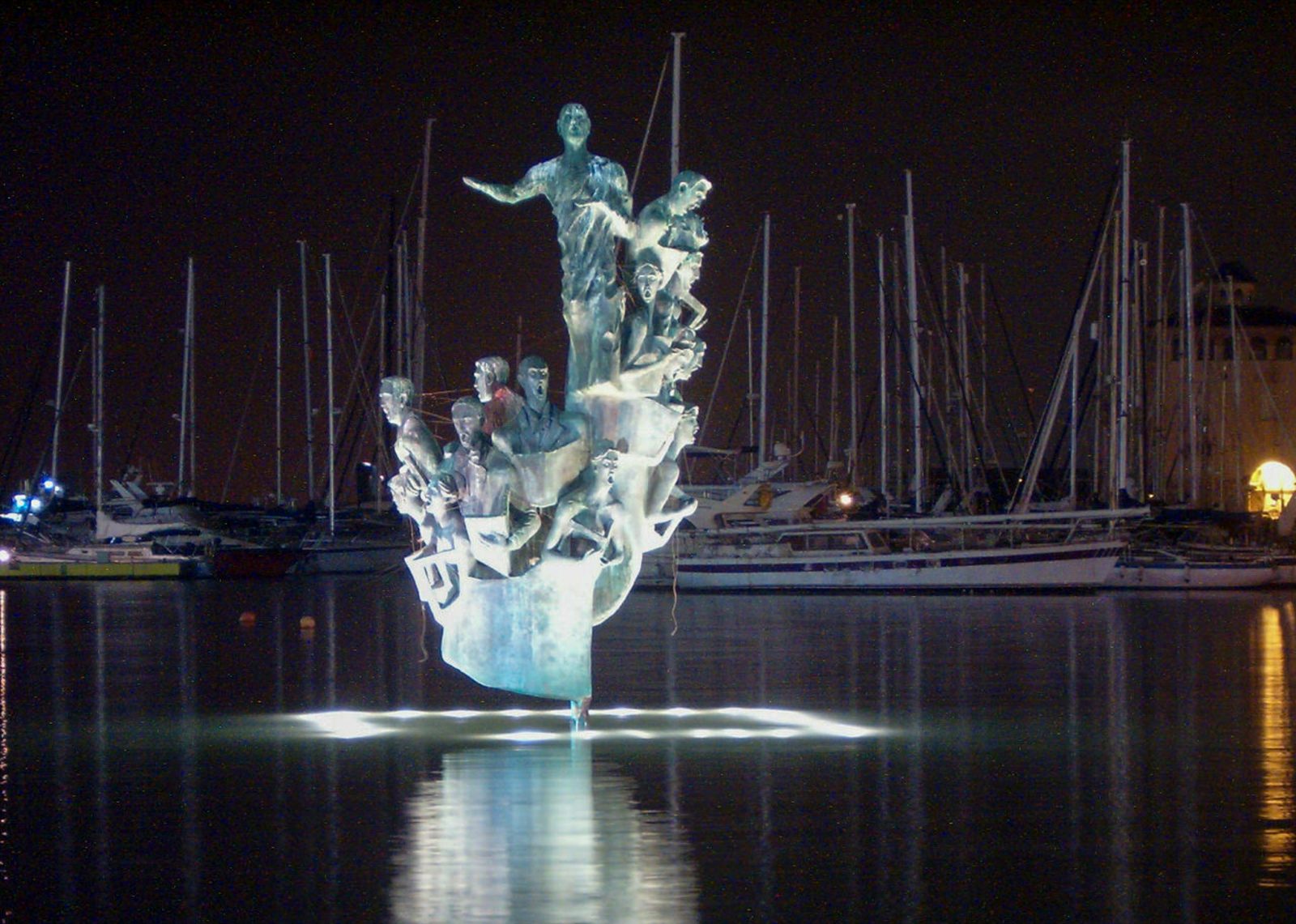
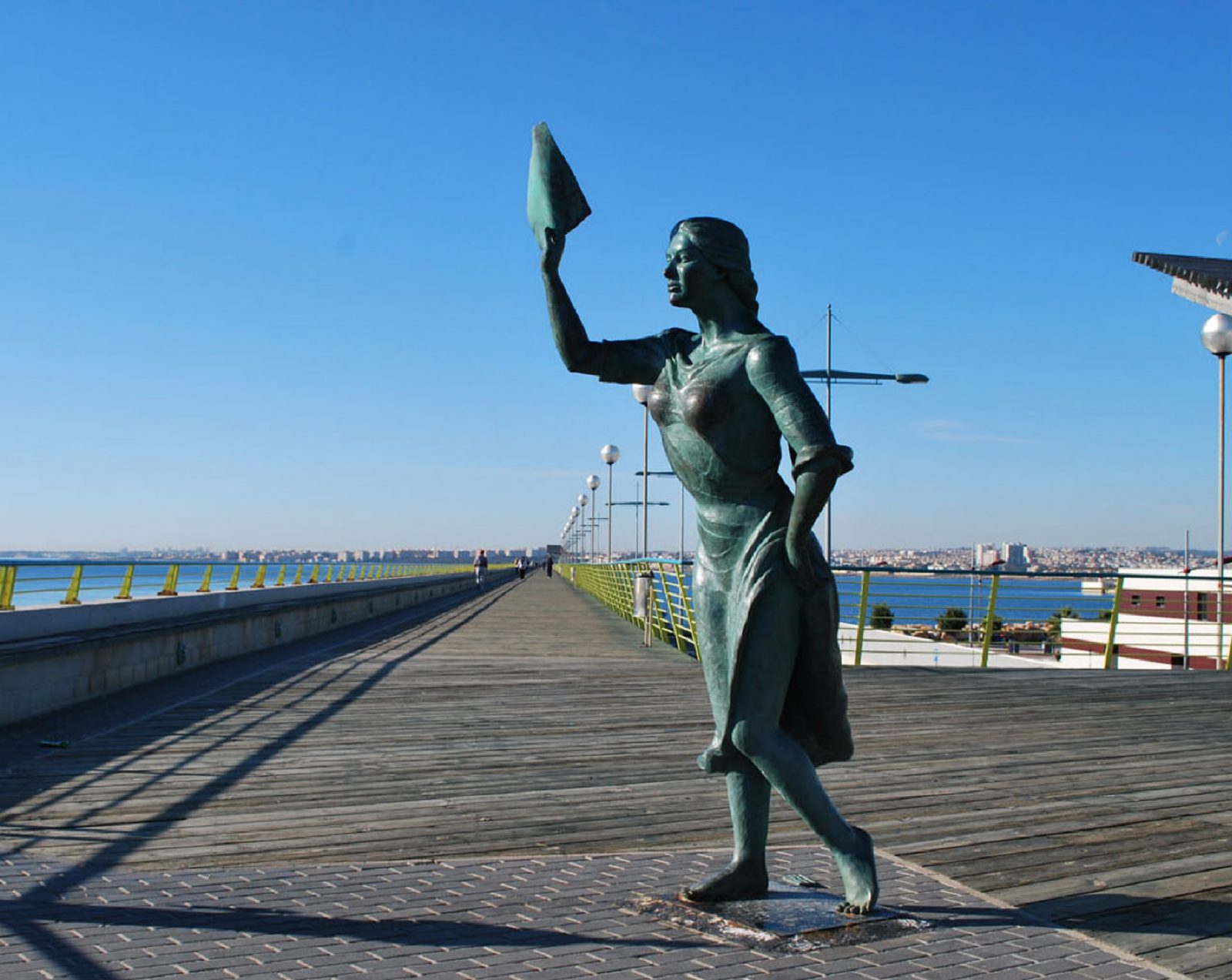
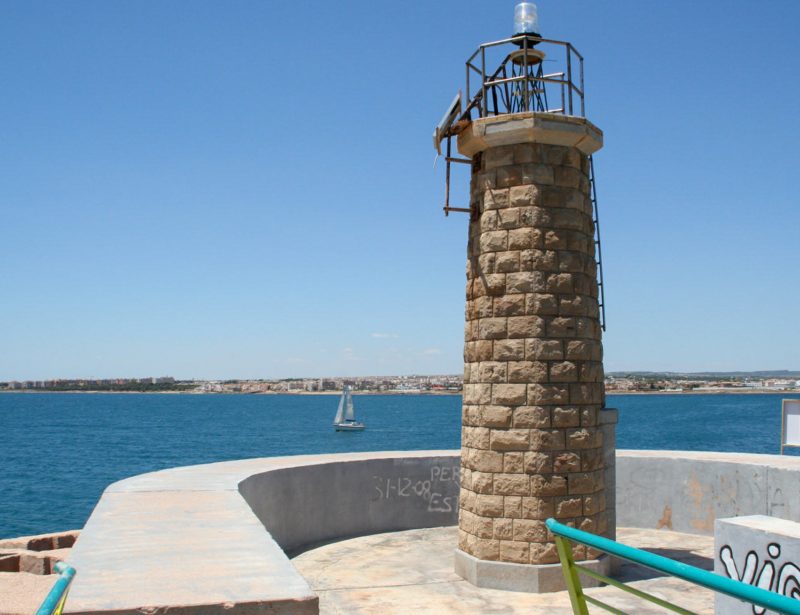
Museums Of Torrevieja
Sea and Salt Muse
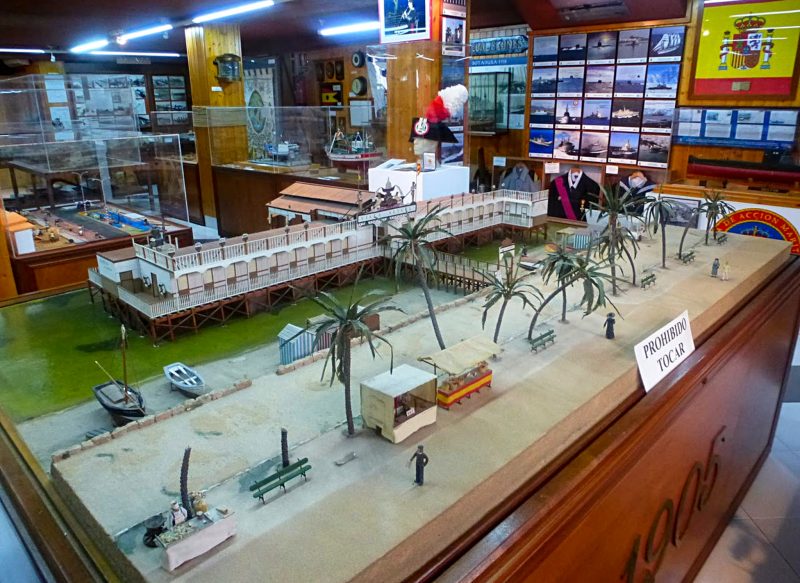
Ethnological Museum of the Sea and Salt (Museo del Mar y de la Sal) It will tell you about the customs and folk traditions of the city related to seafaring, shipbuilding, fishing… The many things presented in the museum and somehow related to salt will help you understand: why salt still means a lot to the residents of Torrevieja. Admission is free.
Three floating museums of Torrevieja
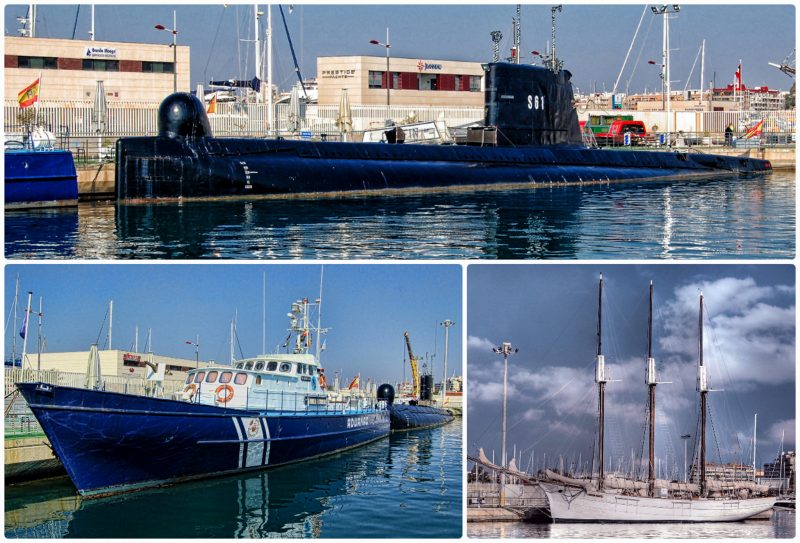
- Floating Museum Submarine S-61 Dolphin (Museo Flotante Submarino S-61 Delfín). This is a submarine of the Spanish Navy. An interesting fact is that it was in Torrevieja in 1971 that the vessel was awarded the naval flag.
- Floating Museum Patrol Ship of the Customs Surveillance Service Albatros III (Museo Flotante Patrullero de Vigilancia Aduanera Albatros III). It was decommissioned and handed over to the city on March 23, 2006.
- The schooner Pascual Flores (El Pailebote Pascual Flores). This is the sailing vessel on which the sailors of Torrevieja traded their most valuable product, salt.
Museum of Natural History
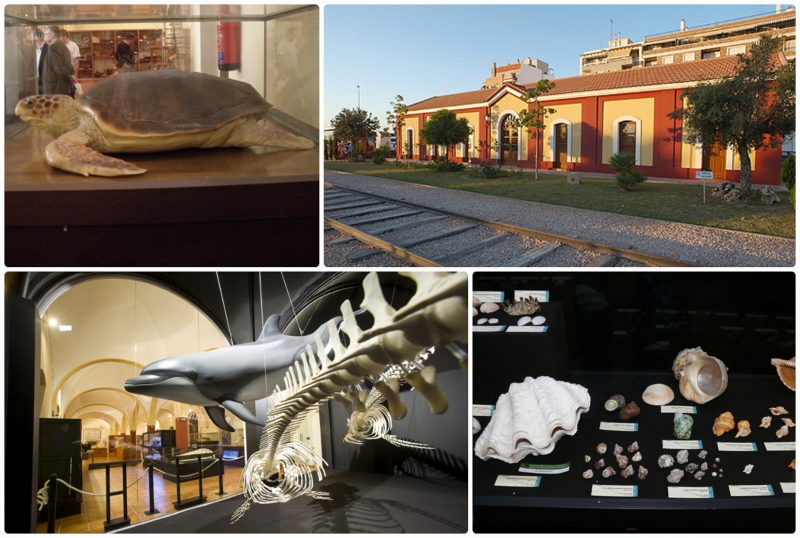
Museum of Natural History (Museo de Historia Natural) tells about the flora and fauna of the city and its surroundings. The museum has a large collection of invertebrates, mammals, birds, etc. Here you can see the skeletons of the animals that live off the coast of Torrevieja: cetaceans, turtles, dolphins…
Holy Week Museum
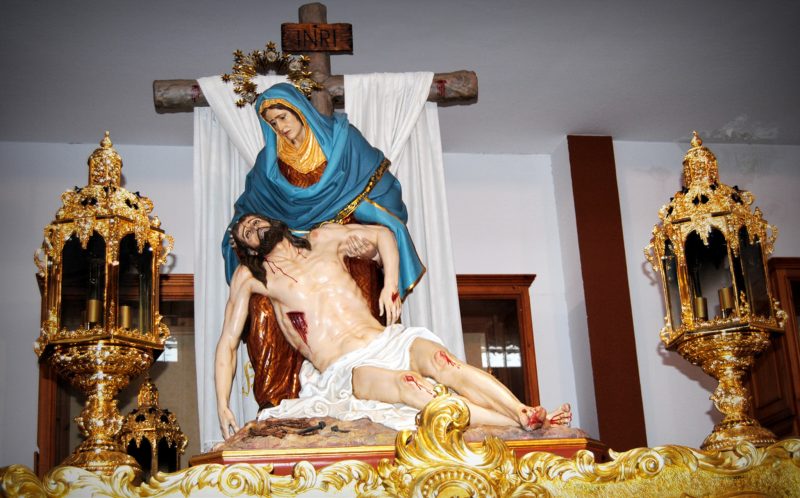
In The Museum of Holy Week (Museo de la Semana Santa) The Museum of Holy Week (Museo de la Semana Santa) displays exhibits relating to the Holy Week procession: photographs, sculptures, paintings… The museum tells about the distinctive features of the Holy Week celebration: how traditional and modern cultures merged and how the procession itself turned into a tourist event.
Museum of book printing
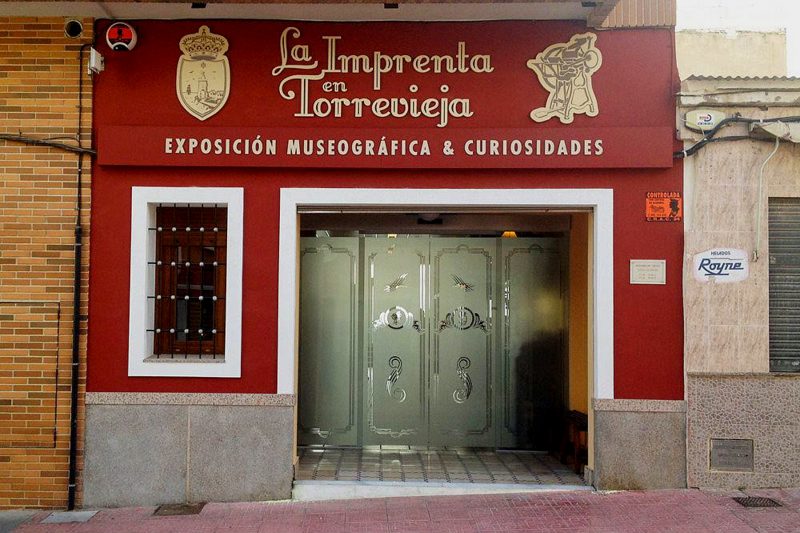
Museum of the Book (Exposición Museográfica de la Imprenta) private, created by Miguel Aráez Suárez. The collection contains many exhibits related to the history of book printing, a variety of sample bindings and even the first rolling looms of 1888.
Vertep Museum
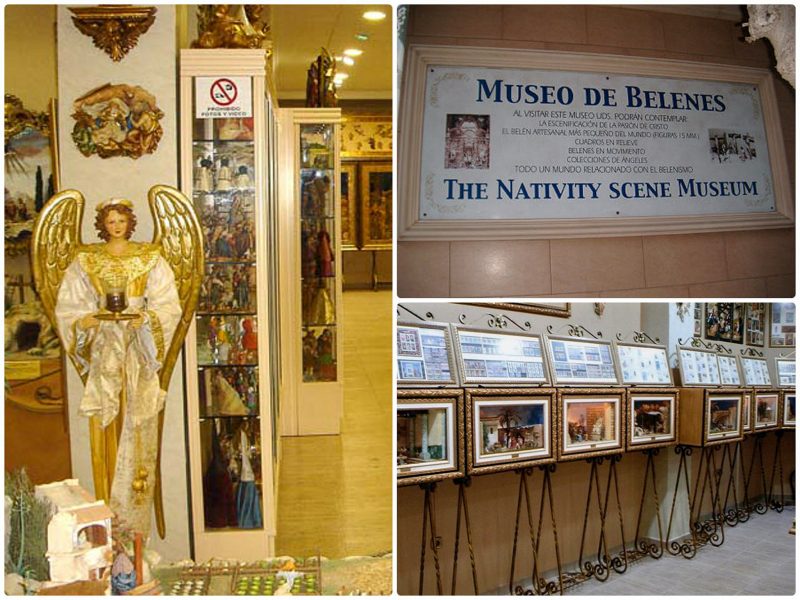
Another private museum is the Museo de los Belenes . Here you will see works by famous Spanish and foreign masters: dioramas of religious monuments, collections of angels and relief paintings, artisan crèches and the smallest crèches in the world, made of dental porcelain.
Torrevieja Events And Holidays
In August, when the famous Habanera festivals begin, Torrevieja is transformed. Habaneras are rousing, rhythmic melodies. During the festival, they are performed by professionals and amateurs alike. The festival takes its name from the capital of Cuba – Havana (La Habana), where the sailors brought the songs that the locals liked so much. For many, the habanera is known from J. Bizet’s opera Carmen.
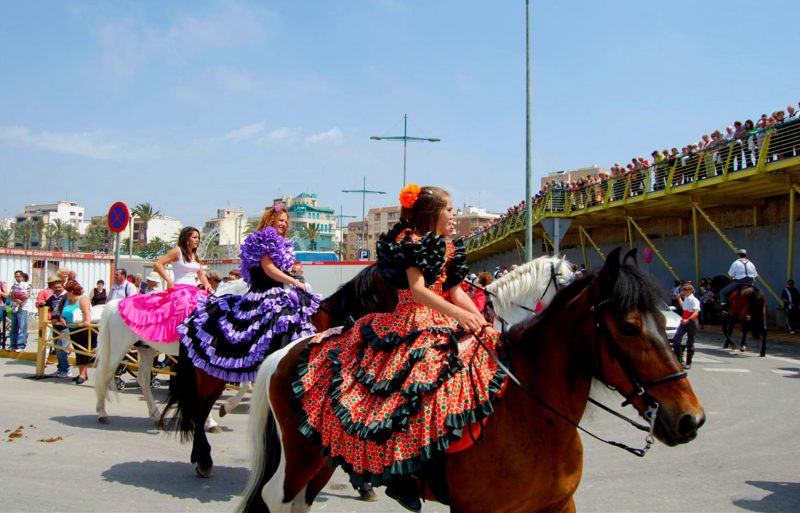
There are many holidays celebrated in Torrevieja. The most popular are the Feast of The Immaculate Virgin Mary (December) and the Feast of Virgin of Carmen (July). May Fair, held in true Andalusian style, and the Holy Week (April) are declared events of tourist interest.
How To Get To Torrevieja
There are two international airports within 40 minutes of Torrevieja: El Atlet in Alicante (Alicante-Elche Airport at) and San Javier in Murcia (Murcia – San Javier Airport).

